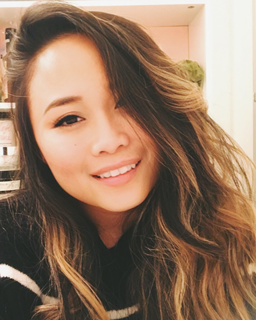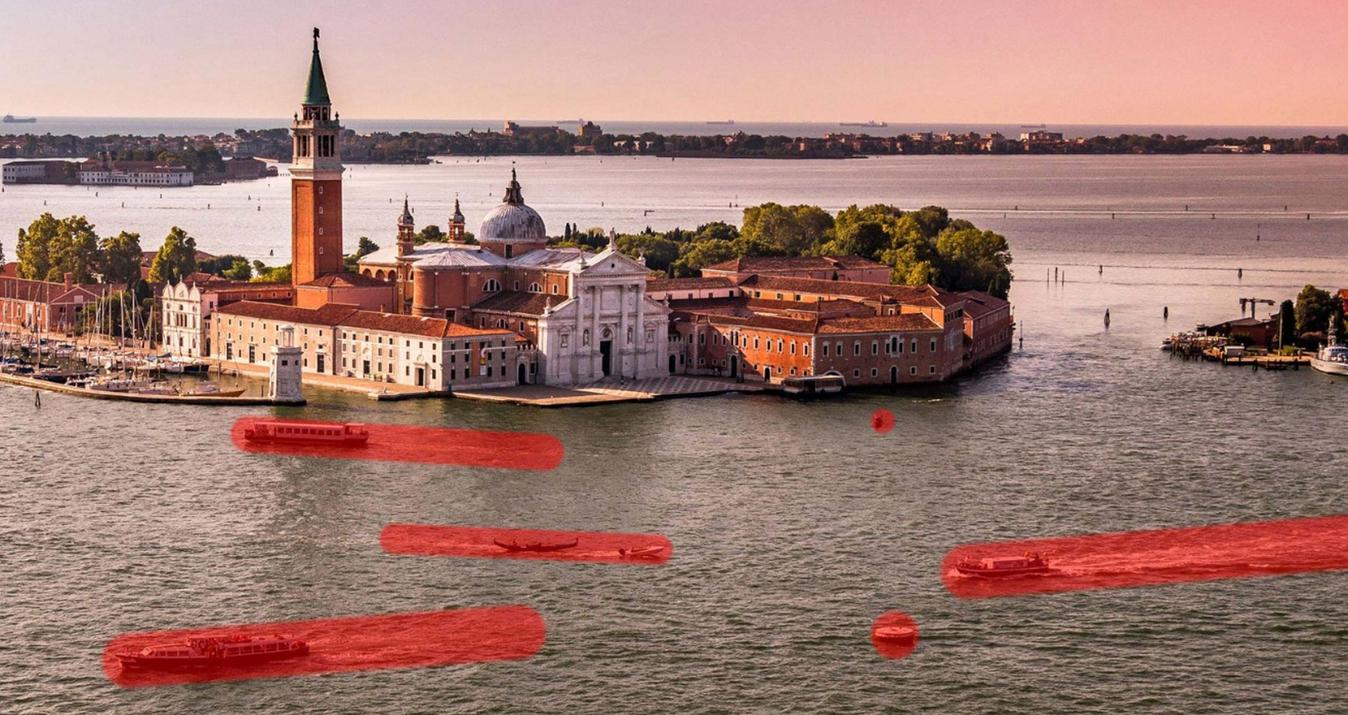Photographer Glen Craig recently opened up about his transition from film to digital and what it's like working with Sony and Skylum.
Glen Craig is a New York City-based photographer whose work spans different genres, from music to landscape and travel. To see and buy his rock and roll prints, visit the Morrison Gallery Hotel website.
All images featured in this article are by Glen Craig, taken with Sony Alpha camera and lenses, edited with Luminar.
Anybody in the photography world can tell you that up until a few years ago, there had been that huge divide separating film from digital; that war between purists who only want to shoot film and produce unaltered images, and digital photographers who take editing liberties with their photographs, whether that means keeping it simple with a few enhancements or creating scenes that only exist in their imagination.
These days, that line is blurred, with many film photographers hopping on the digital bandwagon for practical reasons. After all, film is expensive, as is developing. Plus, there just aren’t a lot of options left for those wanting to continue shooting film.
One such photographer is Glen Craig, whose work on music photography has been lauded by many in the rock and roll world, working with such great acts as Miles Davis, Iggy Pop, The Beatles, and B.B. King, to name a few.
Like many, Glen has resisted the digital world, though not for reasons you would think. However, he has since made the switch—from a film camera LEICA to a SONY mirrorless full-frame (one of the best in the industry, we might add), from the darkroom to Luminar—and he’s more than happy he finally did it.
He recently opened up about his journey as well as his surprisingly easy transition, his new digital photo projects, and what it’s like working with Sony and Skylum. Along the way, he proves once and for all that going digital isn’t just a potentially good thing. It is, as a matter of fact, a great thing.
READ MORE: Simon and Lisa Thomas: Capturing the World and Editing with Luminar
 Gleason's Gym
Gleason's Gym
How did you make the switch from analog to digital, and found yourself working with Sony?
I have been shooting film, and still shooting film, but the problem was with Leica, when they finally developed a mirrorless SL camera, which they gave me to try, they launched it with no lenses. As a photographer, don’t you want a staple of lenses to use? They came up with the zoom, then they came up with another huge, impossible to hold zoom. Now they’re finally getting around to a couple of primes; we’re talking two, three years later. It wasn’t up to snuff.
I wanted to hold off since I was not even satisfied with the digital M series in terms of their performance (now, they’ve finally gotten that together with the launch of the last camera, M10). Last year, an old friend became a tech rep for Sony; and at Photo Plus Expo 2017, he introduced me to a few Sony people. They saw my background and thought, “Hey, would you consider? You want to try?”
Long story, short: it’s December 24th, my son and I go to Jersey City to pick up a huge Pelican case of gear that I used through February the following year. Then in March, they sent some other new products as well.
What bodies were you working with?
The first one they sent me was the Sony a7R II, which was in production. The recent one they sent was the Sony a7R III, and that completely blew me away. Features inside like the Eye AF, which can zoom in and track eyelashes; improved battery life; the focusing, which they got right… Unlike some other companies, the engineers at Sony ask for feedback [from photographers] and they listen.
What blew me away in shooting both of them was the fact that I’m seeing through the lens, as I’m dialing in my F-stops, the photographs are unfolding in front of me as when they’re captured. There it is!
What is your favorite Sony lens?
I’m a prime lens person. I love them, I was not really ever into zooms. And [Sony] had then developed the G Master line so Jeff, their Head of Technical Services, and his colleagues Gene and Jason, sent me a 16-35mm, a 35mm F/1.4, a 24-70mm, 85mm F/1.4, 90mm macro, and 70-200mm F/2.8. He says, “I know you hate zooms; try them out.” I started shooting with the stuff in adverse conditions with really bad lighting and so forth, like my Music Underground New York project, and the lenses amazed me across the board and with what they could produce.
I was always used to F/2 or F/1.4. But here comes a lens that’s wide open at F/2.8, and I was blown away. For Sadowsky, I shot with the 16-35mm, the 85mm, the macro, and the 70-200mm. In the gym, I started out shooting with the 35mm F/1.4 Zeiss and the 85mm F/1.4.
If I were shooting a prime, my favorite lenses would be the 35mm F/1.4 Zeiss and the 85mm F/1.4 G Master for portraits.
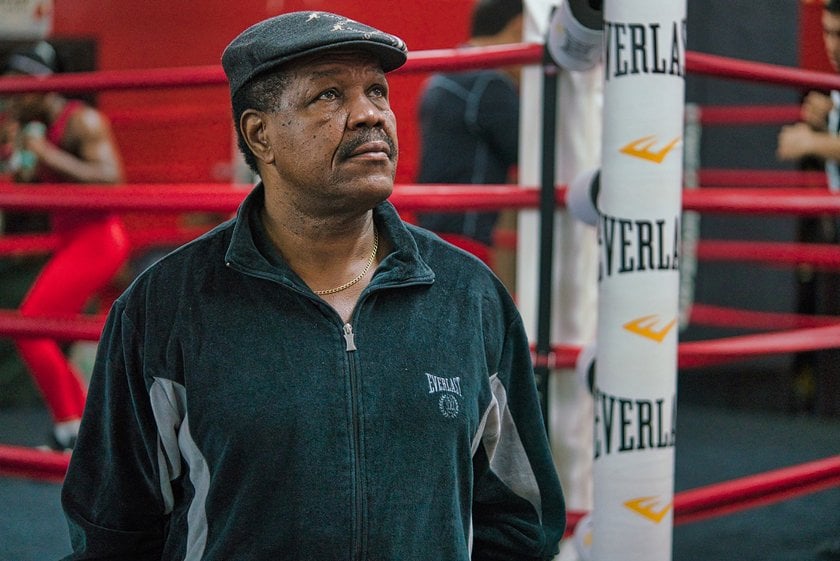 Gleason's Gym
Gleason's Gym
You did 24 photo series with the Sony gear. What was it like switching from film to digital?
I didn’t feel like I was late to the game. Many people got in early on when digital was first starting out. They jumped on the bandwagon and went through a procession of bodies after bodies. I just sat on the sidelines and waited for things like sensors and other things to work themselves out.
Of course, with the Leica issue, it was a deterrent. I tried, and wasn’t satisfied. Then along came the Sony, and I thought, “These people have their finger on it exactly. This is how it should be.” Did I feel threatened? No!
The only thing that I will say, the menu was confusing. I had to sit with the tech people and the engineers about four to five times because there are so many things to explore. I showed them a few images I had taken with the Leica and I asked them to help me dial the camera in, as close as I can get to color rendition, fidelity, contrast, etc.
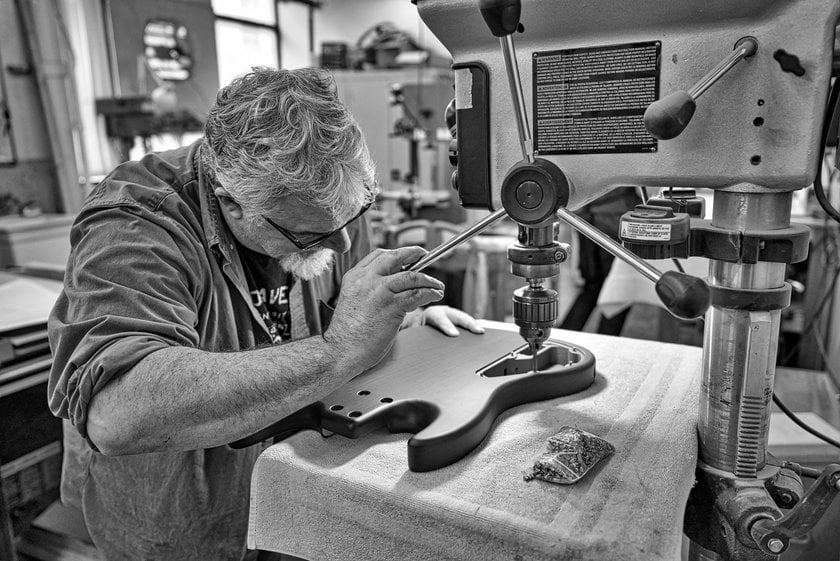 Sadowsky Guitar Workshop
Sadowsky Guitar Workshop
Did you have any other challenges during the switch?
No, that was it! Because on the positive side, I love the fact that I am able to change ISOs in the middle as needed without changing rolls of film. When traveling, I don’t have to take freezer bags and bricks of film, and encounter problems at Customs. More so, I don’t have to worry about running out of frames in my roll in the middle of a shoot.
I love what Sony put into their version of 5-axis stabilization in the bodies. That kind of sophistication allows you to push the envelope, not having to push the ISO but being able to handhold at 30th of a second without needing a tripod. That was the amazing part of it. I was shooting at Sadowky at ISO 800, 1250 tops. At Gleeson’s, I was shooting at 1600 tops, handheld.
What do you think of Sony as a company?
For a company, they’re hungry. Who in this day and age, manufacturer-wise, is releasing that much product in a year or two years’ span? It’s just a surprise around every corner. As far as glass goes, they’ve come up with pretty much everything and yet they’re coming up with more surprises. Plus, they offer incredible support to photographers.
How was it transitioning from the darkroom to using editing software?
The last transition for that was probably in 2014 when I was doing an exhibit. When I started working with Morrison Gallery, I was supplying them with silver gelatin prints, but there were the inconsistencies.
Plus, you go in the darkroom and mix up a batch of chemicals, do a couple of prints, that’s it. You throw away the chemicals, and when you get another order, you have to do the same process again with new chemicals. That was the deciding factor. I talked to Morrison and told them that unless they can raise the prices to justify the loss of the materials, I was going to start printing digitally.
I started editing with Nik Software. Leica was supplying with one of their bodies the Silver Efex Pro app for black & white. It worked very well with Leica monochrome. After that, I tried one by On1 Software and stayed with it a while, but I got really frustrated because it contained too much Pacific Northwest Grunge and presets by wedding photographers. They’re not too representative of photography; they’re a crutch to fix a photograph that was bad to begin with and had to be disguised.
Then I got my hands on a copy of Macphun’s Creative Suite and I was impressed! There are not a thousand routes to nirvana here; it’s basically, here’s my dodge and burn, here are my exposures, there are no trims!
What is it that you appreciate about Luminar?
When Luminar came out, Skylum sent me a copy to try as a replacement for the editing I was doing in their older Creative Kit. I was also introduced to the Skylum Education Team who not only took time to train me in the software, but also address specific techniques that matched up well with my style.
With my editing process, I’ll start something on Luminar and do 90% there, then I jump into Tonality on the black and white side because I'm still more comfortable with that tool.
I like the fact that it is able to give you a great photograph that looks like how you would shoot it with a film camera, just a few enhancements. It’s also easy to understand; it’s just a matter of figuring out the controls. Once you’ve done that, you’re good to go. I’m hungry to know more!
READ MORE: New Luminar with Libraries, No Paid Upgrades, and MORE!
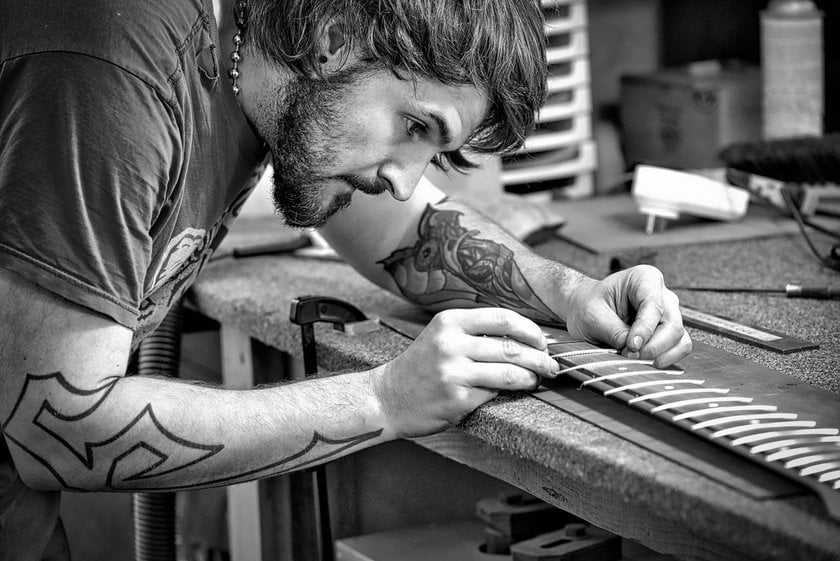 Sadowsky Guitar Workshop
Sadowsky Guitar Workshop
Tell us about your editing workflow in Luminar.
I shoot everything in RAW. In camera, I’m shooting 2/3th of a stop under so as not to blowout any highlights.
I bring those photos in to Luminar, and I evaluate the images in terms of tilting and cropping, if needed. I then open up the shadows and bring down the highlights. I open up the exposure a bit, not very much, just a drop (because the exposures are almost dead accurate with Sony.) Now if I use the image in color, I play a little bit with the sharpening and/or clarity.
If I want the end result in to be black & white, then I don’t do anything in terms of sharpening and clarity. For the B&W conversion, I take that image then go into Tonality to really enhance that B&W image. When that is converted, I look at that image to see how it transcends from color to B&W. Now I will go through the controls in Tonality in terms of exposure, highlight, shadows, details, and so on when needed, adding all that stuff in layers. I might add a little vignetting too, if it calls for it.
That’s about it. I don’t like stuff overcooked.
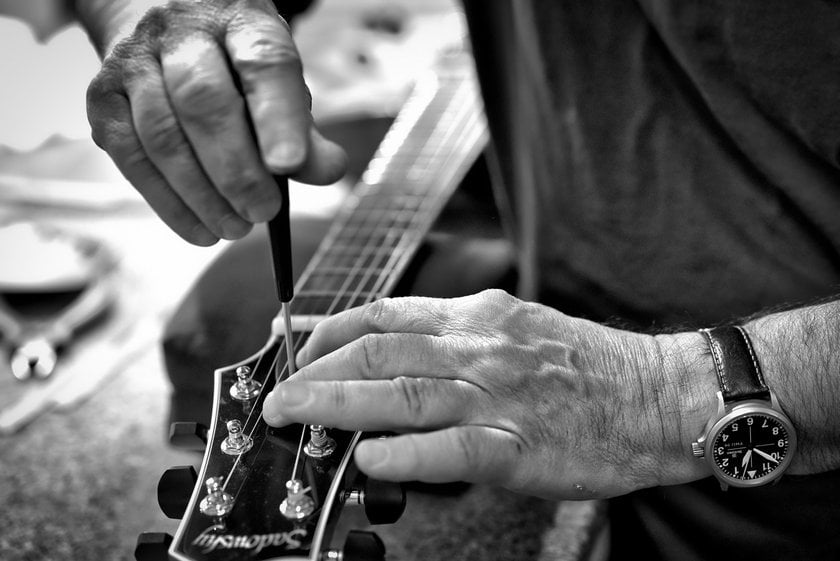 Sadowsky Guitar Workshop
Sadowsky Guitar Workshop
Why did you pick the Sadowsky Guitar Workshop for your Sony series?
Musicians make music using their hands, whether on the keyboard, guitars, drums, etc. The hands are part of the creative process along with the heart and the mind. They’re also very picky about the instruments they play.
I happen to have known somebody for a long, long time who was a session bass player on the Letterman Show, Will Lee. He had been playing Sadowskys for some time. I was blown away by the quality and caliber of what they’re producing. The people that are in the know, from rock to country, are playing their equipment. I became close friends with Roger Sadowsky, and we’re now working together on a number of things.
The idea is that by photographing the creation of these instruments, focusing especially on the guitar makers’ hands, I’m bridging that space between the musicians and the people behind their instruments.
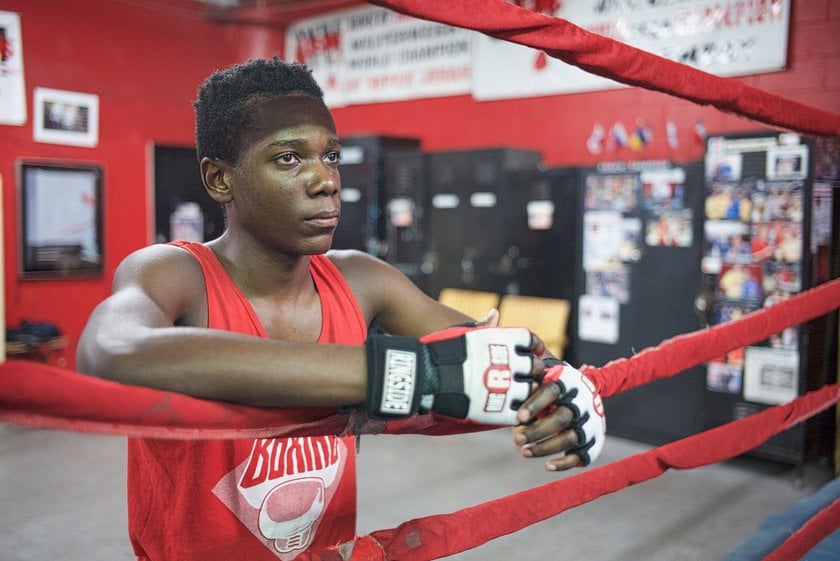 Gleason's Gym
Gleason's Gym
Tell us about Gleason’s Gym. Why did you pick it for a subject?
I had worked with Miles [Davis], and he was into boxing. So when he was in New York, we would go to Gleason’s Gym every day where he would go and train. That’s how my relationship started with Gleason’s.
That relationship kept through. I had done a thing during Photo Plus. I think it was 2015; thereabouts, a workshop, a photo walk, and so forth for Leica. I took a group of people over to Gleason’s. I also did some stuff for Rolling Stone for Germany and for Esquire as well. So there’s been a relationship with the owner, Bruce Silverglade, for a long time.
Gleason’s is an institution, period. They have trained through the years everybody from Ali and Tyson to Clooney and other people. And believe it or not, there was a gentleman who used to train Miles: Hector Roca. Hector has trained 19 world champion fighters. Hector has trained Robert De Niro for the Raging Bull role. Hector trained Hillary Swank for the Million Dollar Baby film. I mean, the man is a legend so he’s going to be in those photographs as well. Yeah. As far as Gleason’s, it’s just, it’s magic.
Can you describe to me what makes this gym, aside from obviously being a historic and historical place, a great location to shoot in?
Think in terms of old floors, paint chipping off the walls, no frills type of feel to it, vintage type of thing. That’s what so impressive because what the end result is, of course, is the fighters and the trainers.
Like for instance, Gleason’s has an entity of a wrestling school as well. The gentleman that heads it, Johnny Rodz, is a historic man, 80 years old. He wrestled with Bruno San Martino. He wrestled Rodney Piper, he wrestled with Hulk Hogan, people in that category. He is a huge WWF Hall of Famer and WWE superstar.
What’s your advice for film photographers who are considering switching to digital but don’t want to feel like they’ll be doing something inauthentic?
I have to say that it’s important to have the foundation in analog, in wet darkroom. That gives you the bases in digital to shoot disciplined as you would in film. Exposure-wise and so forth, nothing changes, laterally across the board; only it’s being captured onto a sensor as opposed to a film or an emulsion.
I am not Mr. Photoshop. Photoshop to me was developed for a retoucher, retouching fashion photographs digitally as opposed to years ago, airbrushing onto a print. It’s something that’s an insider’s club of which you don’t know the password. It’s daunting; it’s a process and knowledge that has to be acquired through many years. Picture a virtuoso learning to play the guitar, how proficient [is he] after 25 years? That’s how I view Photoshop [and other photo editing software].
It’s the same thing: if you are disciplined, can you dodge and burn the same that you did in the darkroom? Heck, yeah! Except you’re not holding your fingers or piece of cardboard over the enlarger. And you’re getting a consistent image every time once you lock and save your file.
If you’re shooting like me and you’re shooting in RAW for the full control, then you’re opening up your shadows, adding a little white, a little black, basic stuff. The picture pops. It’s the same process [in the darkroom] except it’s now digital.
What’s next for Glen Craig?
My next step is some ongoing projects that I feel are not completed, that have to be shot more to finish or until I’m satisfied with the overall story. But I have some other things lined up like “The Iggy Pop Exhibition” coming in 2019 from the people who did” THE DAVID BOWIE Exhibition,” which traveled the world. For this exhibition, I will be shooting Iggy Pop again so that we can showcase everything from the start of his career to his current life as a performing artist. It is Pop’s 50th career milestone year.
Glen Craig's Sony Gallery
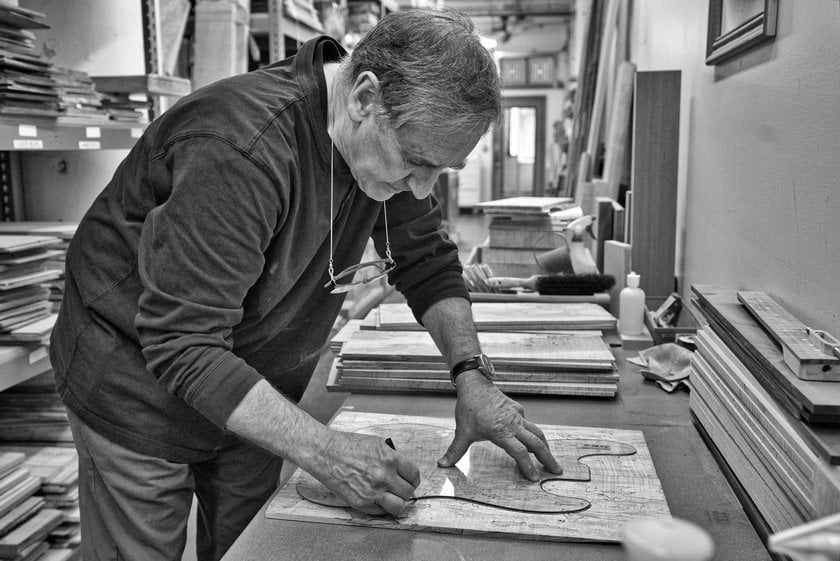 Sadowsky Guitar Workshop
Sadowsky Guitar Workshop
 Sadowsky Guitar Workshop
Sadowsky Guitar Workshop
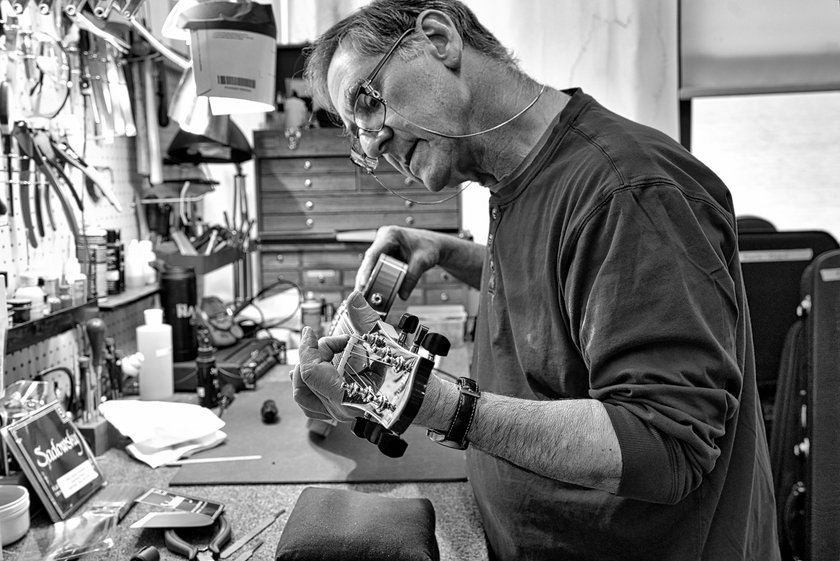 Sadowsky Guitar Workshop
Sadowsky Guitar Workshop
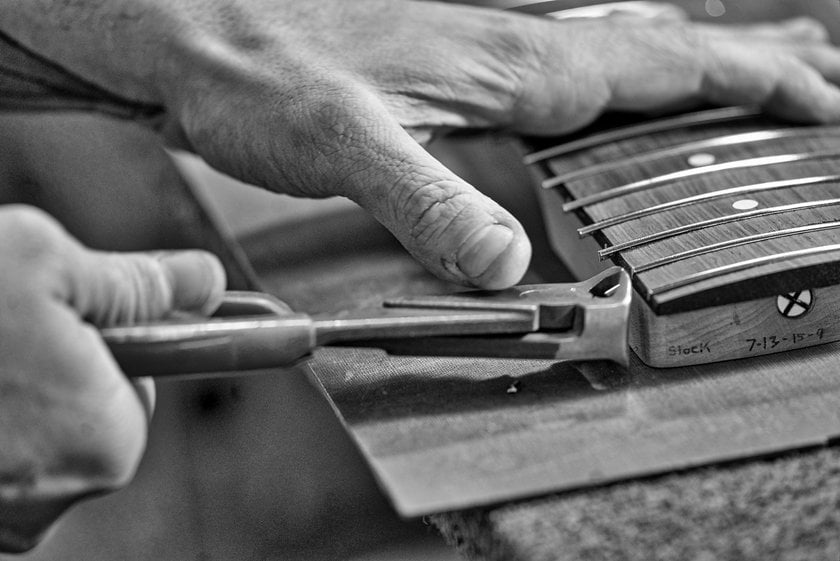 Sadowsky Guitar Workshop
Sadowsky Guitar Workshop
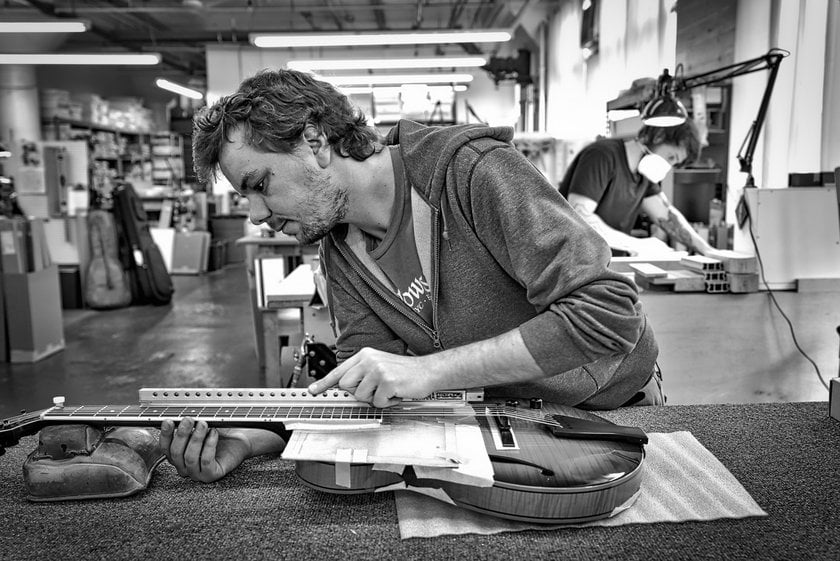 Sadowsky Guitar Workshop
Sadowsky Guitar Workshop
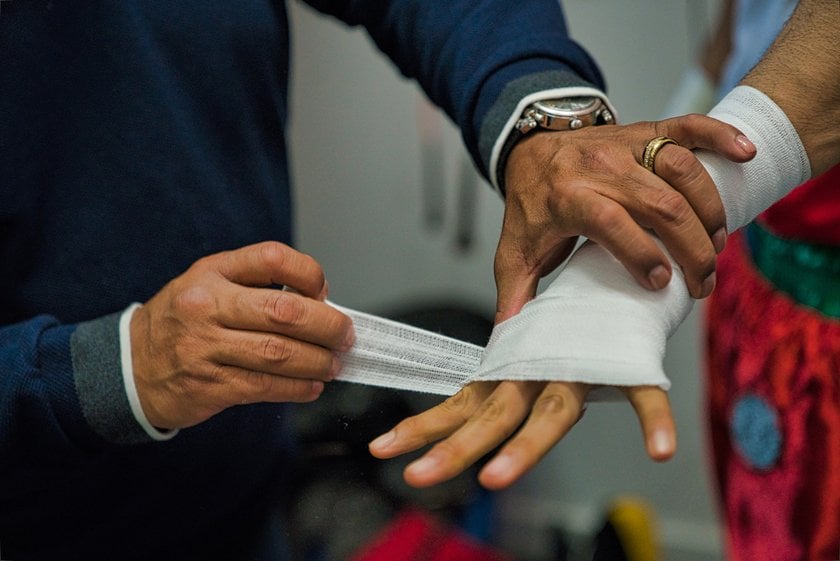 Gleason's Gym
Gleason's Gym
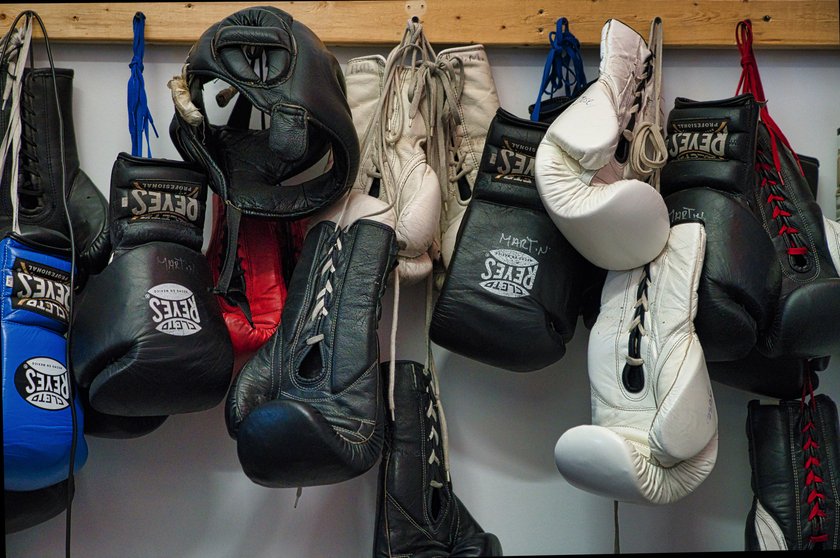 Gleason's Gym
Gleason's Gym
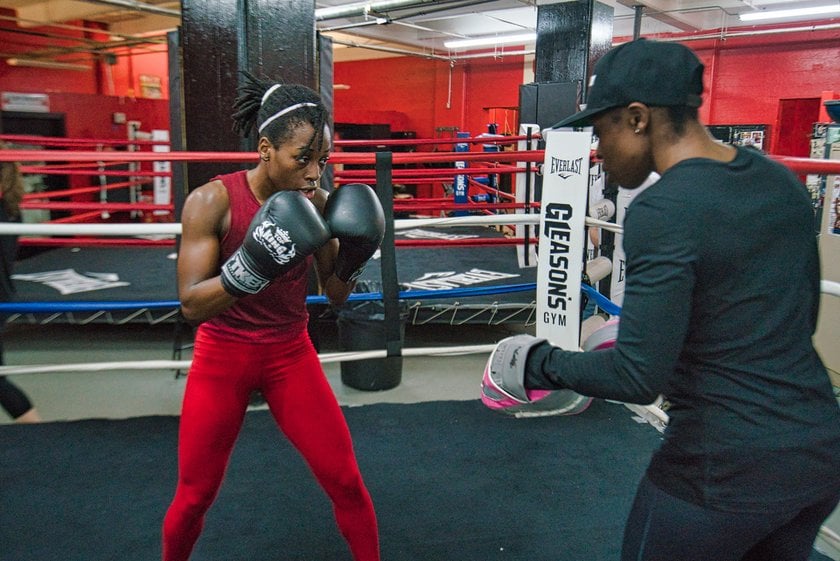 Gleason's Gym
Gleason's Gym
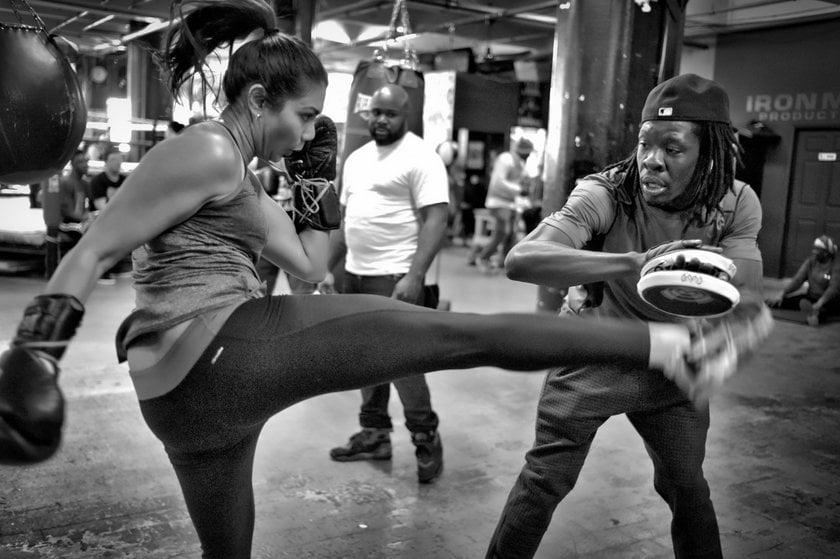 Gleason's Gym
Gleason's Gym
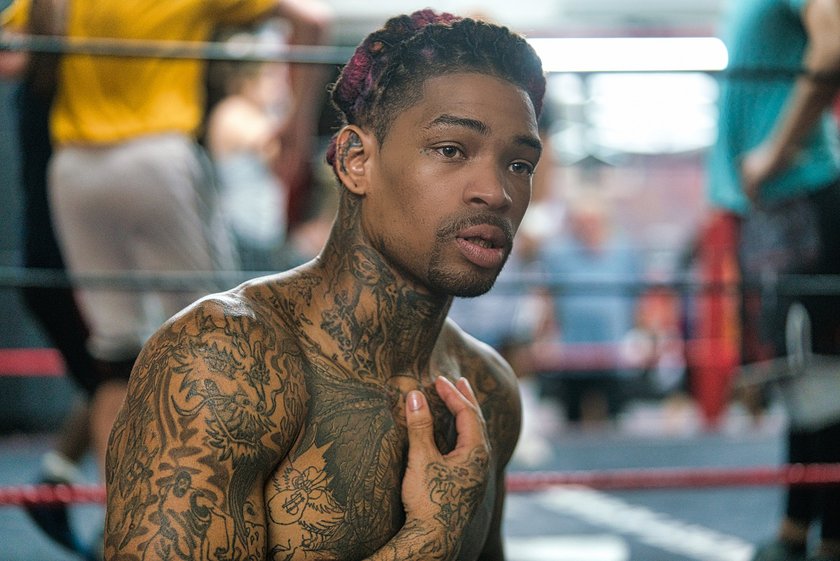 Gleason's Gym
Gleason's Gym
Glen Craig is a New York City-based photographer whose work spans different genres, from music to landscape and travel. To see and buy his rock and roll prints, visit the Morrison Gallery Hotel website.
All images featured in this article are by Glen Craig, taken with Sony Alpha camera and lenses, edited with Luminar.
Gleason's Gym is a historic boxing gym founded by Peter Gagliardi. It's located on the Brooklyn waterfront in New York. Sadowsky Guitars is a high-end boutique guitar manufacturer based Long Island City, New York.
A Special Perk for Our Blog Readers
Get a 10% discount on Luminar Neo and dive into professional photo editing today!
Thank you for subscribing.
Your gift is waiting in your inbox!


